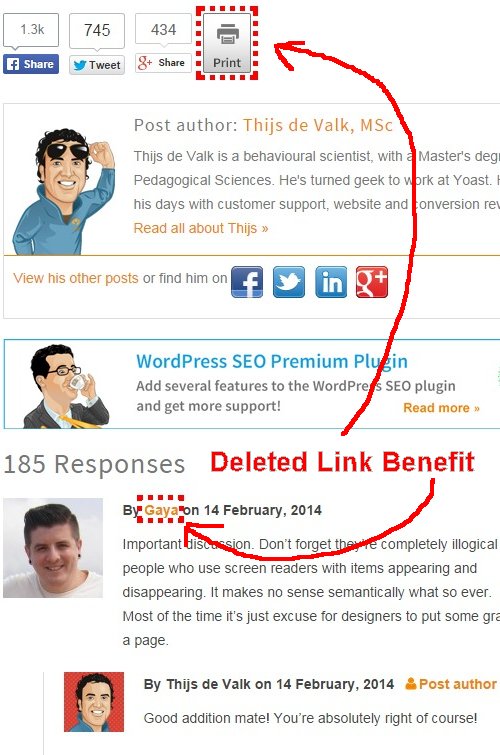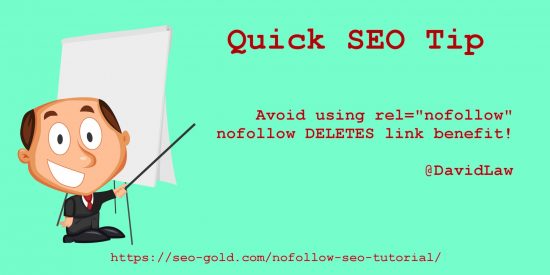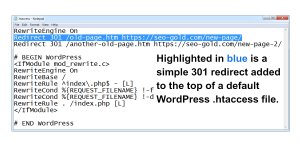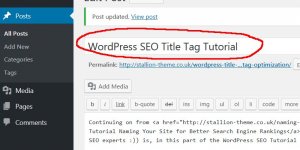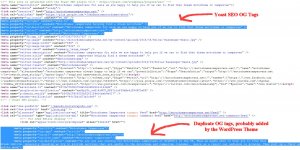Did you know way back in 2009 Google changed the way it treated the rel=”nofollow” attribute?
Prior to 2009 Google respected the nofollow attribute as it’s original intention, that was when it came to search engine rankings, links with a rel nofollow tag would be COMPLETELY ignored.
What that meant was if a link had a rel=”nofollow” attribute, Google would treat that bit of code as basic body text, in effect the link didn’t exist to Google.
Google saw no difference between the next two lines of HTML code: one is a text link with a nofollow tag, the other just body text.
<a href="https://yoast.com/" rel="nofollow">The Yoast WordPress SEO Plugin Sucks</a>
The Yoast WordPress SEO Plugin Sucks
From an SEO perspective it was awesome, webmasters could link to websites like the nofollow link above and Google would ignore the link part when it calculated Google rankings. We could easily sculpt PageRank by nofollowing links we didn’t want to waste PR/link benefit on.
Google intended nofollow for links like the one above, a negative review. I think the Yoast SEO plugin is rubbish, if I linked to it I’m NOT sending it a positive link indicating Google should rank that webpage higher!
Unfortunately, we (webmasters) abused nofollow and so Google changed how it treated nofollow. Post 2009 Google counts nofollow links in the PageRank calculation (the links takes a fair share of the PageRank/link benefits), BUT the link benefit is NOT passed to the linked to page, it’s deleted/destroyed!
What that weans SEO wise is if you have a webpage with 100 links from it in total and 50 of the links are nofollow, 50% of your hard earner link benefit is destroyed!!!
Do NOT use nofollow, find an alternative solution.
For example, I think the Yoast plugin found at https://yoast.com/ sucks. The link to the Yoast domain isn’t clickable (not as user friendly), but it wastes no ranking value to the Yoast site and doesn’t waste link benefit. There are other solutions.
Continue Reading WordPress SEO Rel Nofollow

